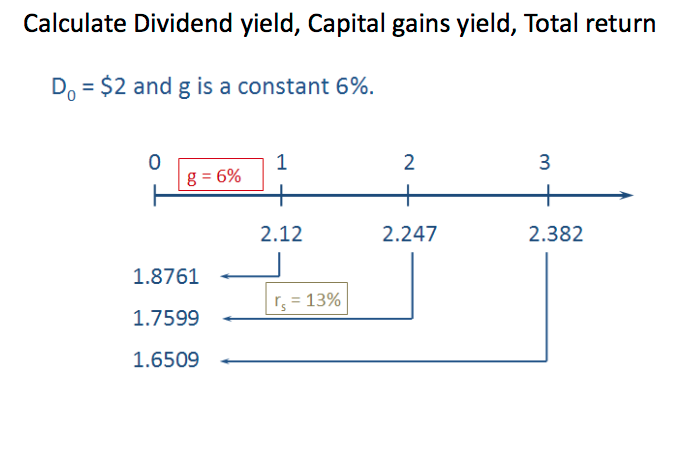
We’ll share valuable tips for effectively managing accounts receivable in QuickBooks Desktop, including best practices for invoicing, payment reminders, and maintaining accurate records. So, let’s dive into the world of AR management and discover the understanding your chart of accounts power of the AR Aging Report in QuickBooks Desktop. With this report, you’re able to look at which customers owe money and how behind they are on payments.
The integration of relevant keywords such as ‘cash flow’, ‘liabilities’, and ‘creditors’ ensures a contextual depth in the report, allowing for a more nuanced understanding of the financial standing of the business. Once logged into the QuickBooks dashboard, users can navigate to the reports menu by clicking on the ‘Reports’ tab located in the top navigation bar. From there, a range of report options becomes available, including balance sheets, profit and loss statements, cash flow reports, and customizable templates for specific business needs. Maintaining accurate records of customer transactions is essential for exercising robust financial control and supporting effective financial management within the business. Consistent follow-up on overdue invoices conveys a message of professionalism and reliability to clients, strengthening the business relationships and increasing the likelihood of timely payments in the future.
- Therefore, integrating payment reminders into financial routines can significantly impact one’s overall financial well-being and stability.
- The information in the A/R aging report can provide you with meaningful insights that can help you prioritize and improve your collection efforts for overdue accounts.
- It helps in identifying trends in the payment patterns and potential liquidity challenges, allowing for better cash flow forecasting and strategic financial planning.
- Based on this analysis, appropriate actions can be taken to address overdue payments and prevent any further delays or discrepancies.
- The comprehensive analysis of customer transaction history empowers businesses to make informed decisions, improve cash flow management, and enhance customer relationships.
Try Process AI free
Nowadays, it’s generally much easier to use a software like Quickbooks to generate account reports such as an A/R aging report. If you accept only credit card transactions for goods and don’t offer credit of any kind you won’t have any accounts receivable because the entire amount of a transaction is paid at the time of purchase. Most retail businesses do not carry receivables because they tend to sell product for cash on delivery. Establishing payment reminders contributes to maintaining a robust payment history, fostering disciplined financial planning, and nurturing positive customer relationships. Next, users need to select the “Customers & Receivables” option to access detailed customer aging details and streamline the process of invoice tracking. To choose which date to use to determine aging, select either the “Current” or “Report date” option button for the “Aging method” setting.

It enables businesses to analyze outstanding balances and assess payment patterns, thereby strengthening their negotiation position. By highlighting discrepancies and identifying trends, companies can proactively address payment issues and streamline operations. This proactive approach not only enhances cash flow management but also fosters stronger partnerships with suppliers, establishing a foundation of trust and reliability. This report provides a comprehensive overview of outstanding invoices, allowing businesses to identify which payments are due. By prioritizing payments based on urgency and vendor relationships, companies can manage cash flow efficiently.
Accounts receivable aging report: definition, uses, and guide
When selecting this report, it enables a detailed analysis of the aging of payables, categorizing them into time periods to identify any overdue payments. This customization involves defining specific parameters such as identifying overdue accounts, setting thresholds for outstanding balances, and establishing credit limits. By tailoring the report to individual business needs, users can closely monitor cash flow, identify potential risks, and make informed decisions to optimize financial performance and when and why are consolidated financial statements necessary mitigate credit-related issues. This option allows users to efficiently manage accounts receivable by providing valuable insights into the aging of customer invoices.
This analysis helps organizations identify trends in vendor payment cycles, allowing them to negotiate favorable terms for future transactions and enhance working capital management. By understanding the aging of payables, businesses can assess their liquidity position, identify potential cash flow issues, and prioritize payments to optimize cash utilization. It offers valuable information for assessing vendor relationships and potential discounts for early payments, contributing to effective financial planning and cash flow management. Business owners use accounts receivable aging reports to determine which customers have invoices with outstanding balances.
Aging Report Settings in QuickBooks Online – Instructions
There are both summary and detail aging reports for both accounts payable and accounts receivable in QuickBooks Online. An A/R aging report helps you view the invoices your business is owed clearly on one page so you can stay on top of your accounts receivable and keep the cash flowing. It provides a breakdown of the amounts owed to each vendor, categorizing them based on the generally accepted accounting principles gaap aging of the invoices, usually in 30, 60, 90, and 120+ day periods. By selecting the ‘Accounts Payable Aging Detail’ report, users can gain insights into outstanding payables, vendor payment histories, and aging summaries, facilitating informed decision-making and financial analysis.
It empowers businesses to strategically address overdue payments and enhance their cash management processes. Accounts receivable aging reports allow you to analyze how your collection processes are going. If you have a lot of old accounts receivable balances, especially after 60 or 90 days, your collection processes may need to be revised. An accounts receivable aging report is a standard report which you can generate using virtually any accounting software, however, some are better suited than others for a business’ accounting needs. Comparing the report to previous iterations enables the identification of trends and patterns, allowing for proactive management of payables.
Maintaining clear communication through reminders fosters trust and demonstrates reliability to creditors, fostering stronger customer relationships. Therefore, integrating payment reminders into financial routines can significantly impact one’s overall financial well-being and stability. Sending invoices promptly is crucial for efficient invoice management, facilitating proactive sales monitoring and ensuring timely revenue generation. A good AR aging percentage will vary by the industry and credit terms the company offers. You can find the AR aging percentage by dividing the total amount of receivables that are over 90 days past due by the total amount of receivables outstanding. You’ll list all your customers that have an open invoice and then do the same thing we did in step three for all your customers.
To run an accounts payable aging report in QuickBooks, follow the steps outlined below to access and generate this essential financial document. Effective management of accounts receivable in QuickBooks Desktop is supported by valuable tips that encompass payment tracking, debt management, and the overall financial health of the business. If you’d prefer to create your accounts receivable aging report manually with a software like Microsoft Excel or Google Sheets, you can do that as well. This comparison provides valuable insights into the efficiency of payables management, helping to pinpoint areas of improvement or potential risks.
